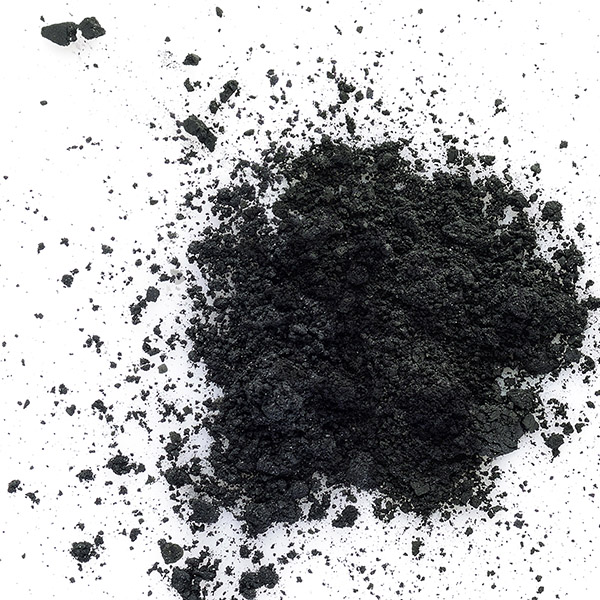A binder-less, fully dry, room temperature electrode manufacturing technology — a sustainable, cost-effective, and efficient alternative.
Proposed use
This novel technology eliminates the utilisation of toxic solvents and associated evaporation processes in electrode manufacturing, while improving battery energy storage capacity, fast charging capability and cycle life. The technology is applicable to lithium-ion batteries and all types of electrode materials, as well as all types of rechargeable batteries including next generation batteries such as sodium ion batteries, solid-state batteries, lithium metal batteries, etc.
Problem addressed
The conventional technology for electrode production involves the use of toxic solvents, posing hazards to human health and the environment. This also adds costs due to the needs for extraction of solvents and the provision of facilities to recover the evaporated solvents.
Dry electrode manufacturing methods enable the production of electrodes without solvents. Most of the conventional dry electrode manufacturing technologies require heating to melt polymer binders and make dough-like mixtures of electrode active and binder materials before pressing to make electrodes. The drawbacks of these approaches are that heating may damage electrode active materials and the use of polymer binders reduce electrical conductivity and add difficulties in battery recycling. There is a need for new dry manufacturing technologies that eliminate heating and the use of fluorine-based polymer binders.
Technology overview
The technology involves making layered electrode structures at room temperate to make electrodes within one process. The layered electrode structures using bespoke materials achieve good mechanical stability, without solvent, heating, or polymer binder. The layered electrode structures using the bespoke materials also increase electrical conductivity and ion diffusivity to achieve the desired electrode performance. All the powder materials are commercially available in large quantities.
This technology also includes a prototype machine to scale up the dry electrode manufacturing technology.
Benefits
- No need of polymer binders
- Eliminates the use of toxic solvents
- Room temperature operation
- Improvements in overall battery energy storage performance
- Reduce capital costs and operating costs
- Increasing electrode manufacturing speed
- Applicable to all types of electrode materials for lithium-ion batteries and next generation batteries such as sodium-ion batteries and solid-state batteries
Intellectual property information
GB Priority Application (Number: 2311054.7)


